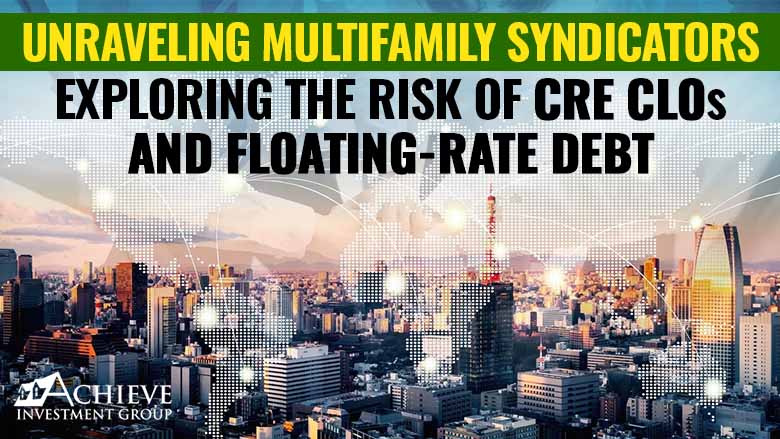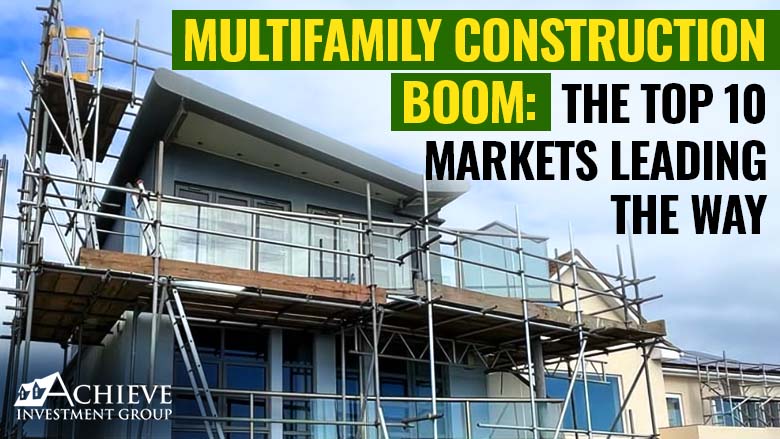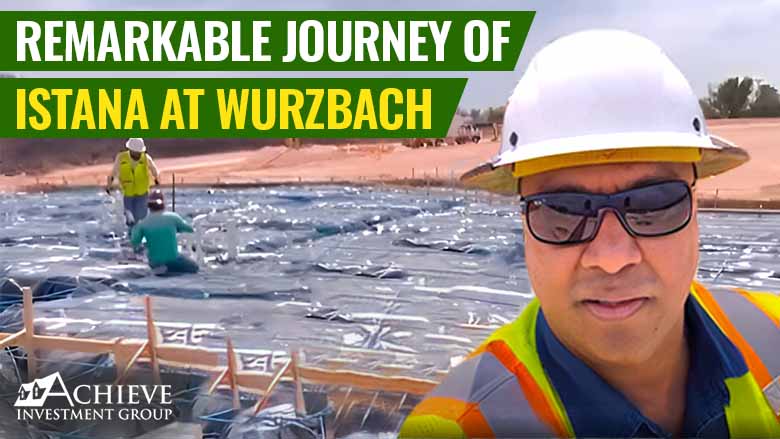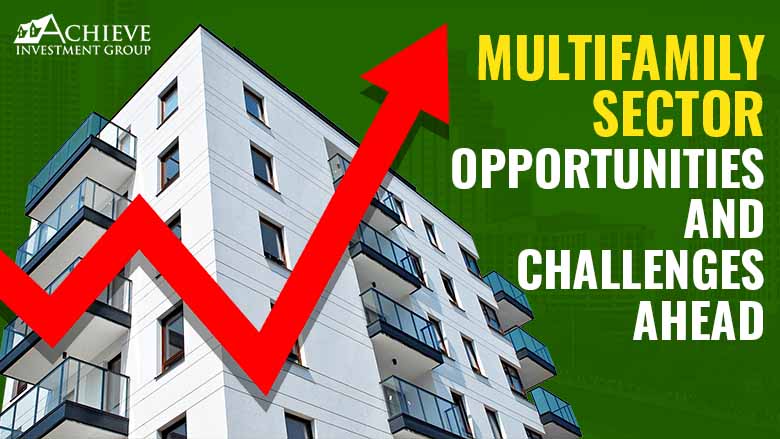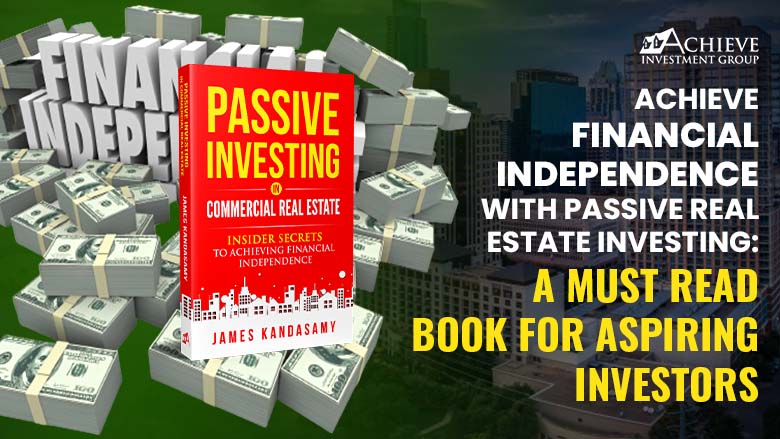Unraveling Multifamily Syndicators: Exploring the Risk of CRE CLOs & Floating-Rate Debt
In the world of real estate investment, multifamily syndication has gained significant traction as a popular investment vehicle. Multifamily syndication involves pooling funds from multiple investors to acquire or develop large apartment complexes or multifamily properties. This collaborative approach allows individual investors to participate in deals they might need more resources or expertise to pursue. However, with the increasing popularity of multifamily syndication, new financial instruments have emerged to finance these ventures, such as Commercial Real Estate Collateralized Loan Obligations (CRE CLOs) and floating-rate debt. This article will delve into the complexities of multifamily syndication, exploring the potential risks associated with CRE CLOs and floating-rate debt in this context. Understanding Multifamily Syndication Before diving into the risks, it’s crucial to grasp the concept of multifamily syndication. Multifamily syndicators are experienced real estate professionals identifying investment opportunities in the multifamily housing market. They structure the deal, secure financing, and oversee property management and operations throughout the investment lifecycle. The Appeal of Multifamily Syndication Multifamily syndication appeals to investors for several reasons. First, it offers a passive investment option, allowing individuals to enjoy the potential benefits of real estate ownership without active management responsibilities. Additionally, multifamily properties generate steady cash flow, providing investors with regular income. Introducing CRE CLOs Commercial Real Estate Collateralized Loan Obligations (CRE CLOs) are financial products that bundle commercial real estate loans into a single security. These securities are then sold to investors, with the cash flows from the underlying loans serving as collateral. CRE CLOs have become attractive for multifamily syndicators seeking additional capital for their projects. The Benefits and Risks of CRE CLOs CRE CLOs offer various benefits, including diversification and the potential for higher yields compared to traditional investments. However, they also come with risks, such as exposure to the volatile commercial real estate market and potential defaults on the underlying loans. Floating-Rate Debt in Multifamily Syndication Another financing tool used in multifamily syndication is floating-rate debt. Unlike fixed-rate loans, floating-rate debt has an interest rate that fluctuates with market conditions. This can be advantageous during low-interest rates but also exposes investors to interest rate risk. Evaluating the Risks of Floating-Rate Debt Floating-rate debt offers flexibility but can lead to higher interest expenses if rates rise. Multifamily syndicators must carefully assess their risk tolerance and market projections before opting for floating-rate debt as a financing solution. Risk Mitigation Strategies To manage the risks associated with CRE CLOs and floating-rate debt, multifamily syndicators can implement several strategies. These may include rigorous underwriting practices, maintaining adequate reserves, and creating contingency plans for potential market downturns. Impact of Economic Conditions The performance of multifamily properties and the associated financial instruments heavily relies on economic conditions. Understanding the macroeconomic factors influencing the real estate market is essential for successful multifamily syndication. Regulatory Considerations As multifamily syndication involves pooling investments from multiple individuals, it falls under specific regulatory frameworks. Syndicators must navigate compliance requirements to ensure a smooth and legally sound operation. The Human Element of Syndication Beyond financial considerations, multifamily syndication involves building relationships and trust among investors, syndicators, and property managers. This human element plays a crucial role in the success of these ventures. Conclusion Multifamily syndication offers an attractive investment opportunity for diversifying their portfolios and accessing the real estate market. However, with the introduction of financial instruments like CRE CLOs and floating-rate debt, syndicators must be cautious about the potential risks. Diligent research, risk assessment, and understanding of economic conditions are vital for successful multifamily syndication. FAQs 1. What is multifamily syndication? A. Multifamily syndication involves pooling funds from multiple investors to acquire or develop large apartment complexes or multifamily properties. 2. What are CRE CLOs? A. CRE CLOs are financial products that bundle commercial real estate loans into a single security, then sold to investors. 3. What are the benefits of multifamily syndication? A. Multifamily syndication offers passive investment options, steady cash flow, and access to the real estate market. 4. What risks are associated with CRE CLOs? A. Risks related to CRE CLOs include exposure to the volatile commercial real estate market and potential defaults on underlying loans. 5. How does floating-rate debt work in multifamily syndication? A. Floating-rate debt has an interest rate that fluctuates with market conditions, offering flexibility but exposing investors to interest rate risk.

